1. Marriage Was Practically Mandatory
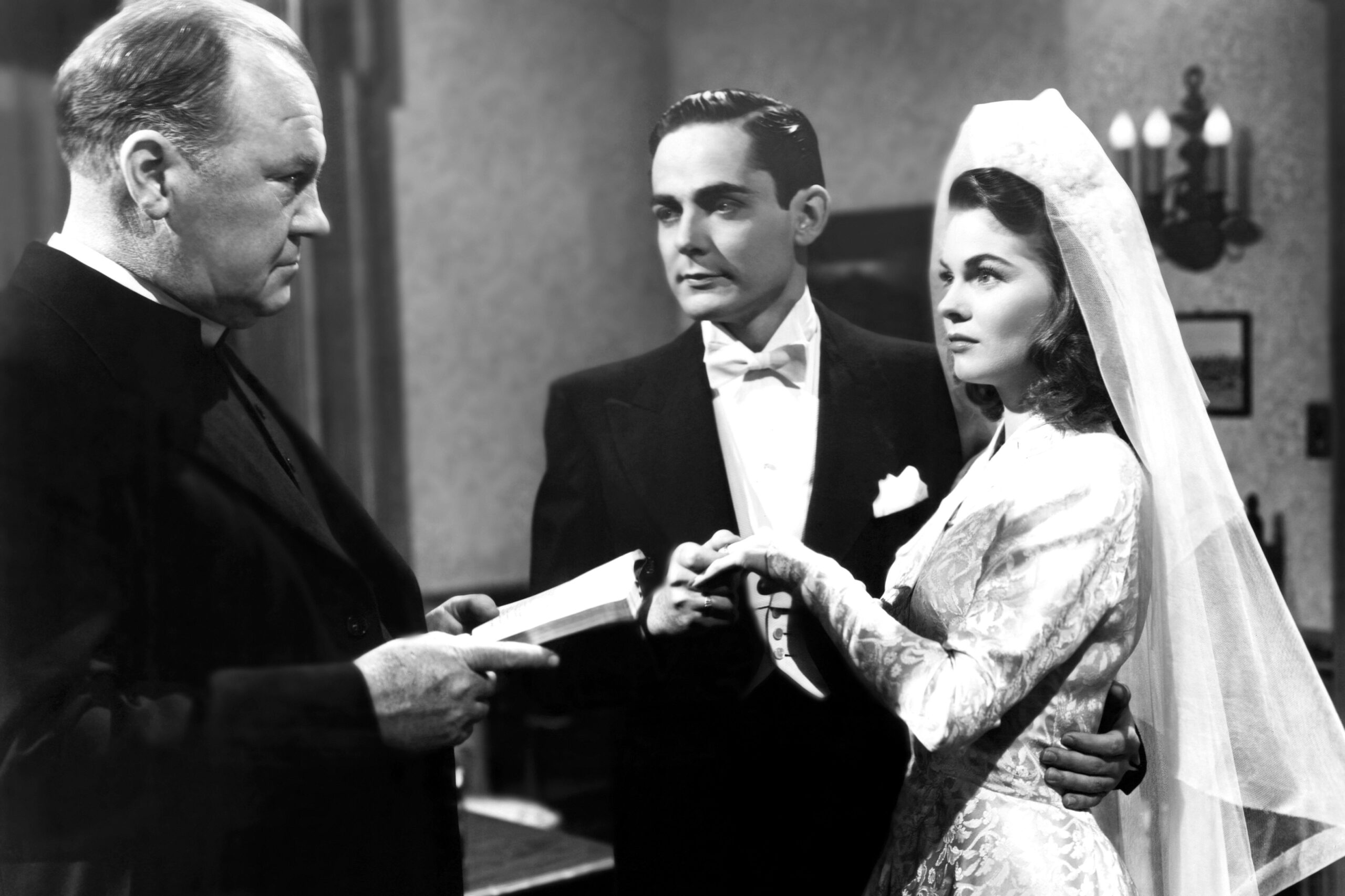
In the 1940s, women were expected to marry at a young age, often in their early twenties or even late teens. Society viewed marriage as the ultimate goal for women, and those who remained single were often stigmatized as “old maids.” It wasn’t just about romance—marriage was a ticket to social stability and respectability. Women who didn’t marry faced judgment and were often pitied or shunned. The pressure was intense, and many women married not out of love but because they feared the social repercussions of remaining single.
The idea of being a “spinster” terrified women, leading some to settle for less-than-ideal matches. Divorce was also highly stigmatized, so once married, women were often stuck in their roles, whether they were happy or not. For many, this meant enduring loveless marriages or even abusive situations because leaving wasn’t seen as a viable option. Society’s emphasis on marriage left little room for women to explore careers or independence, boxing them into a narrow and often limiting role.
2. A Woman’s Place Was in the Kitchen
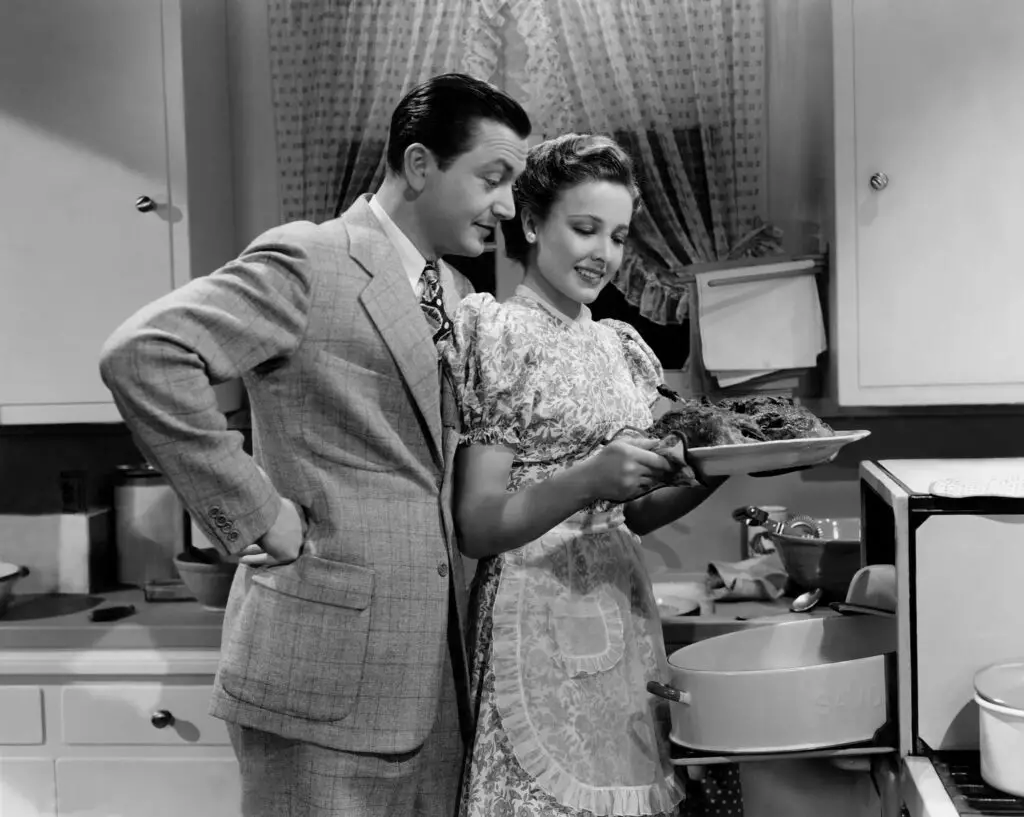
The cultural expectation for women to be homemakers was deeply ingrained. A woman’s worth was often measured by how well she managed her household, cooked meals, and cared for her husband and children. Magazines, advertisements, and even educational courses emphasized domestic skills as essential for every woman. Cooking, cleaning, and child-rearing were seen as not just responsibilities but moral obligations.
Women who aspired to work outside the home were often met with disapproval. Even during World War II, when women filled jobs vacated by men, the assumption was that they would return to their kitchens as soon as the war ended. The idea of a career woman was either dismissed or viewed with suspicion, making it nearly impossible for women to pursue ambitions beyond the home without facing backlash.
3. Good Girls Didn’t Speak Up
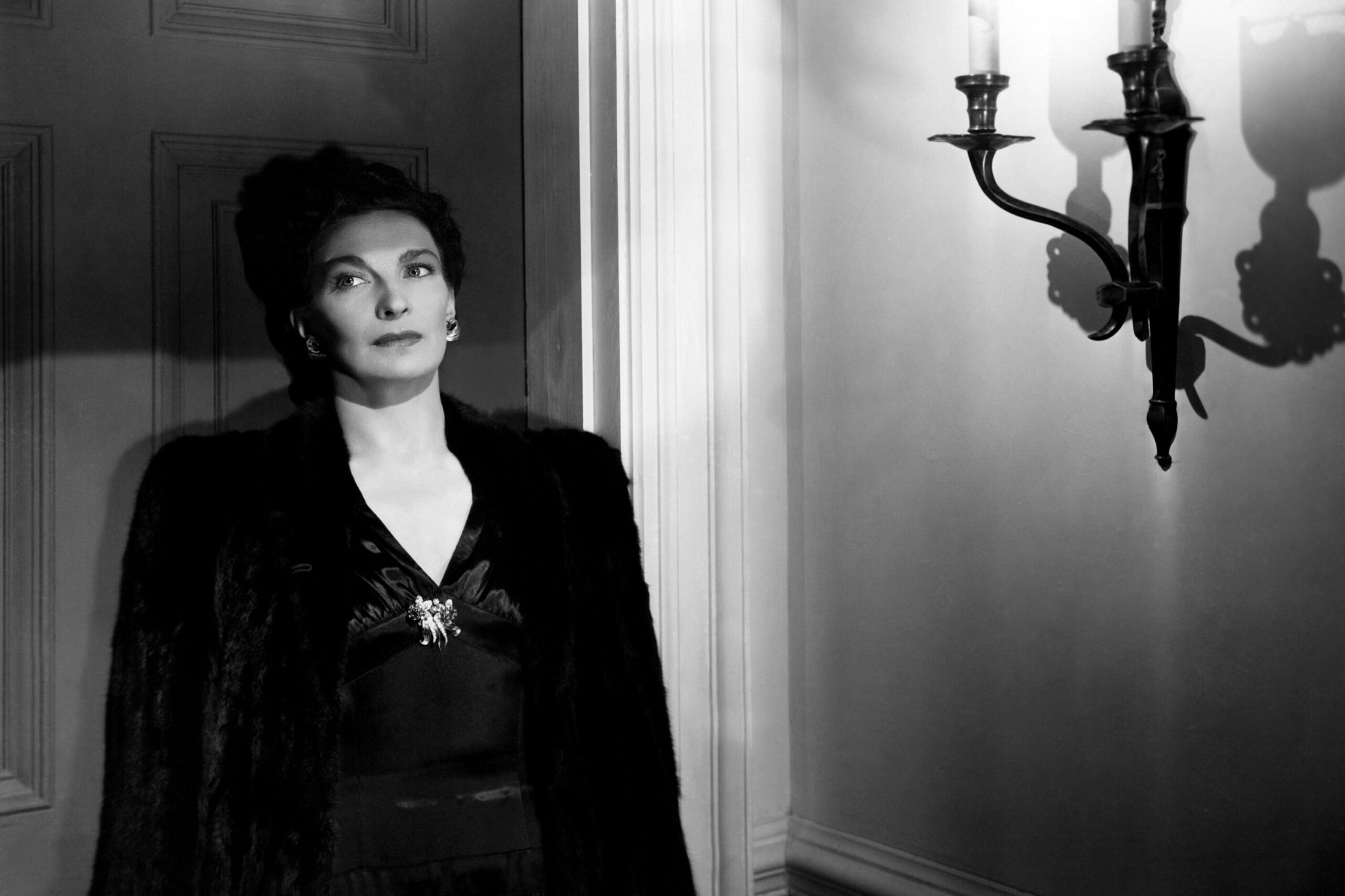
In the 1940s, women were taught to be seen and not heard. Assertiveness was considered unattractive, and women were expected to adopt a submissive demeanor, especially around men. Speaking one’s mind or challenging male authority could lead to being labeled as “difficult” or “unladylike.” This societal rule silenced many women and forced them to suppress their opinions and desires.
This expectation extended into relationships and the workplace. Women often had to endure condescension, harassment, or worse without complaint. Being outspoken could cost a woman her job, her social standing, or even her marriage. The pressure to stay quiet and agreeable left many women feeling trapped and powerless in their own lives.
4. Clothes Defined a Woman’s Virtue
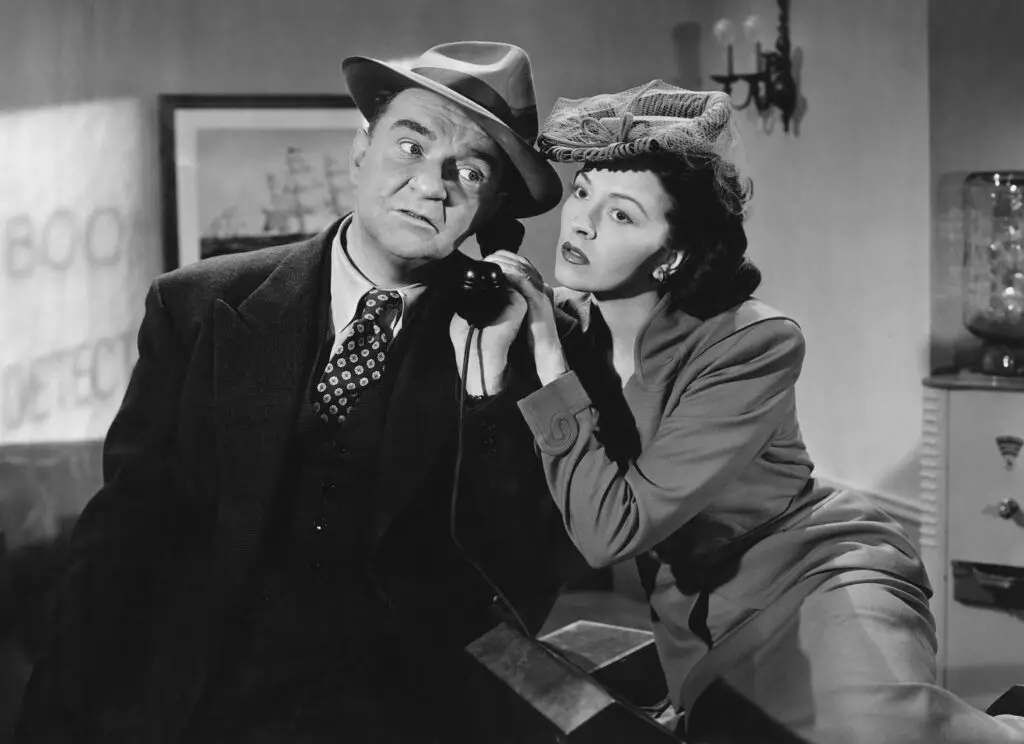
Fashion in the 1940s wasn’t just about style; it was a reflection of a woman’s morality. Women were expected to dress modestly and avoid anything too revealing or provocative. Hemlines, necklines, and even the fit of clothes were scrutinized to ensure they conformed to societal expectations. Wearing pants, for example, was still controversial for women outside of wartime work.
Dressing “immodestly” could result in harsh judgment or accusations of being loose or immoral. The pressure to conform to these standards was immense, and women’s choices were often policed by their families, communities, and even strangers. This rigid dress code left little room for self-expression and reinforced the idea that a woman’s worth was tied to her appearance and perceived purity.
5. Women Couldn’t Have Their Own Credit
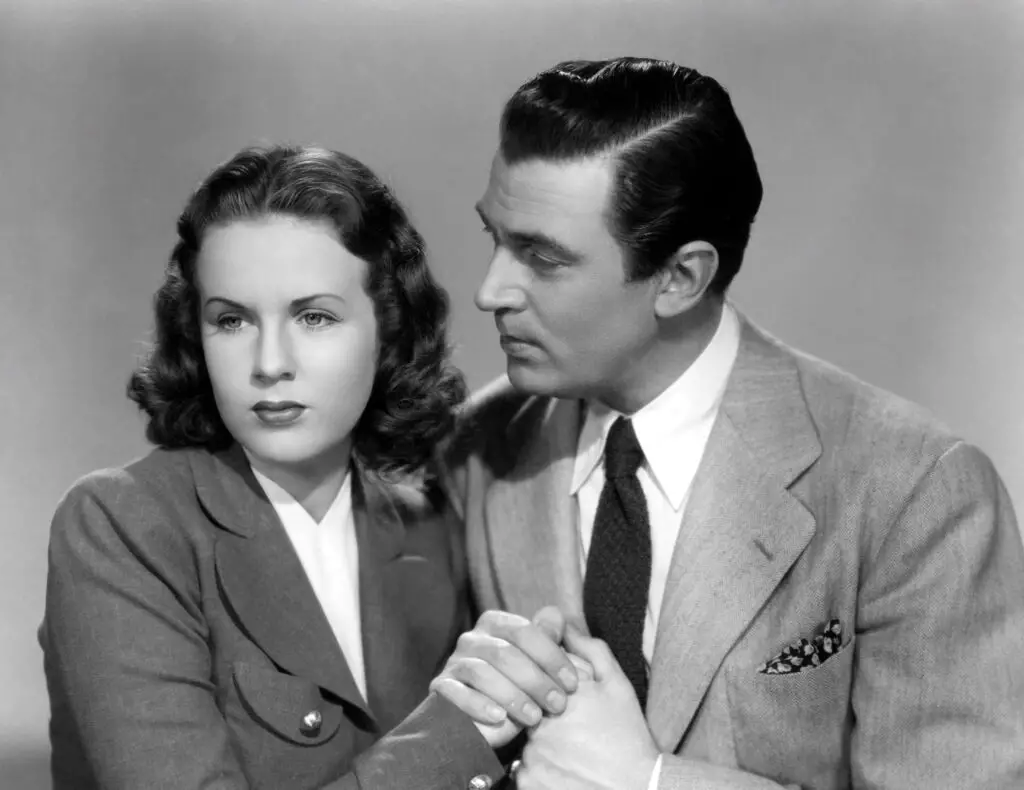
Financial independence was virtually impossible for women in the 1940s. Credit cards didn’t exist in the way we know them today, but even basic financial autonomy was out of reach. A woman typically needed her husband’s or father’s permission to open a bank account or apply for a loan. Married women often couldn’t sign contracts without their husband’s approval.
This dependence on male relatives or spouses left women vulnerable and limited their ability to leave unhappy or abusive relationships. For single women, building financial stability was a constant uphill battle. This financial inequality perpetuated the idea that women couldn’t or shouldn’t manage money, further reinforcing their subordinate role in society.
6. Pregnancy Was a Private Matter
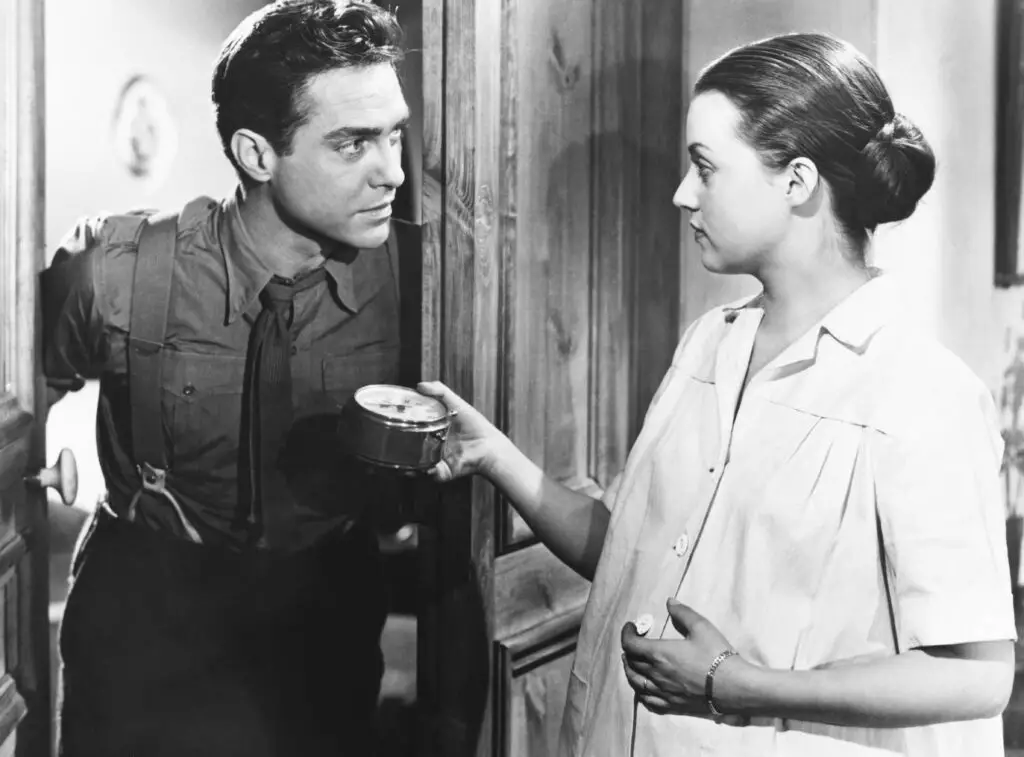
Pregnancy in the 1940s was shrouded in secrecy. Women were expected to avoid discussing their pregnancies openly, and maternity clothes were designed to conceal rather than celebrate a growing belly. Even the word “pregnant” was considered too bold for polite conversation. Instead, phrases like “in a delicate condition” or “expecting” were used to tiptoe around the subject.
This secrecy extended to childbirth itself, which was often treated as a private ordeal rather than a communal celebration. Husbands were rarely present in delivery rooms, and discussions about labor or motherhood were confined to women’s circles. This hush-hush approach to pregnancy reinforced the idea that women’s bodies were something to be hidden and that their experiences as mothers were secondary to their roles as wives.
7. Women Were Expected to Quit Work After Marriage

While World War II saw many women entering the workforce, societal norms still dictated that married women should leave their jobs to focus on their families. Employers often refused to hire or retain married women, assuming their priorities would inevitably shift to home life. This practice, known as the “marriage bar,” was common across various industries.
Women who wanted to continue working after marriage were often viewed as selfish or neglectful. This expectation not only limited women’s career prospects but also reinforced the idea that their primary role was as caregivers. For many, the transition from working woman to housewife was jarring, leaving them feeling unfulfilled and isolated.
8. Beauty Standards Were Non-Negotiable
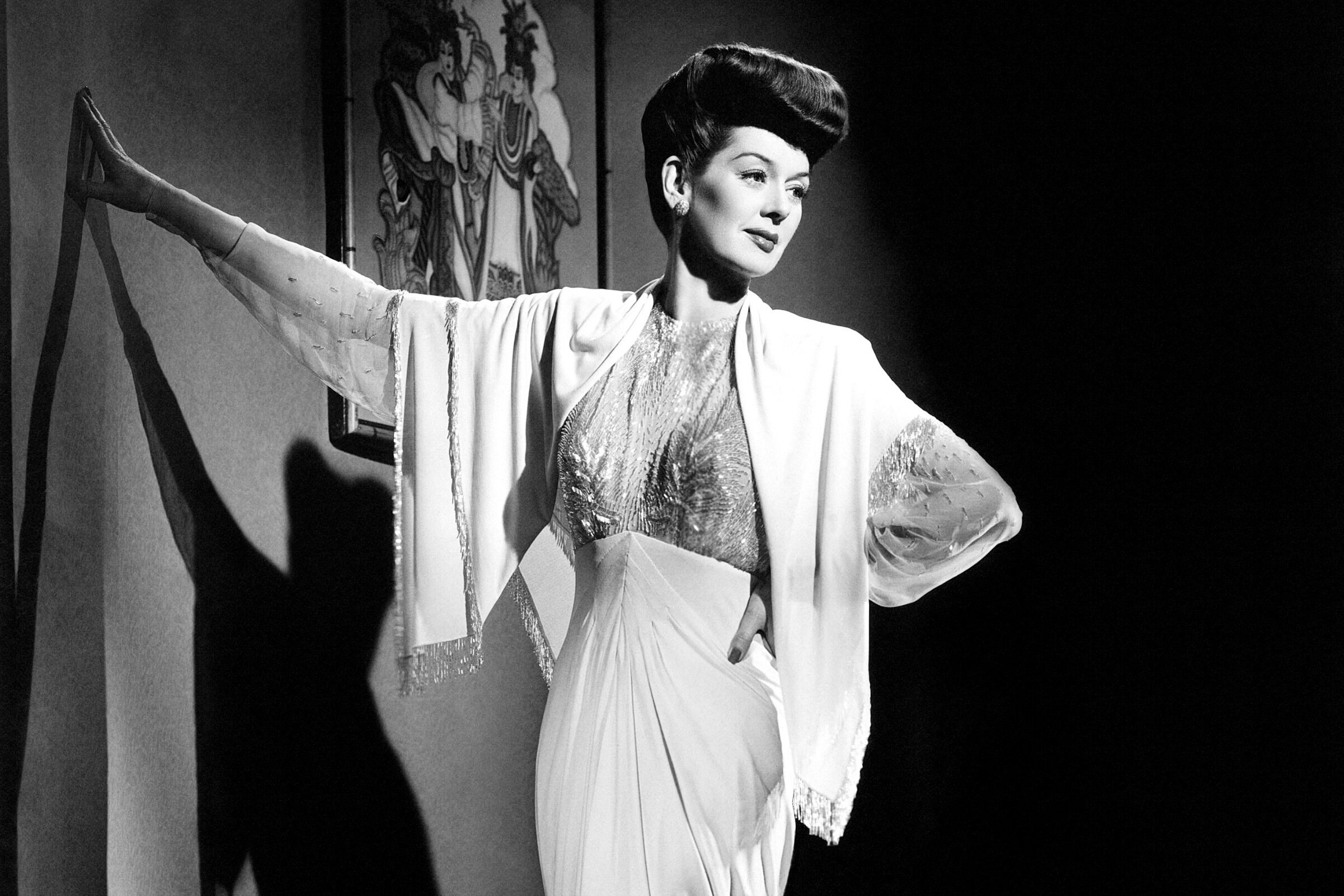
The 1940s placed immense pressure on women to maintain a polished and glamorous appearance. Advertisements and media glorified women who were impeccably dressed, with perfectly styled hair and makeup. Even during wartime, when resources were scarce, women were expected to “make do and mend” to maintain their appearance.
Failing to meet these beauty standards could result in social ostracism. Women’s magazines of the era often featured tips on how to look attractive for one’s husband, reinforcing the idea that a woman’s value lay in her looks. This relentless focus on appearance created an environment where women felt they had to conform or risk being deemed undesirable.
9. Women Had to Follow Strict Dating Rules

Dating in the 1940s was a highly regimented affair. Women were expected to let men take the lead, from initiating dates to planning activities. Showing too much interest or being too forward was considered improper and could harm a woman’s reputation. Double standards were rampant, with women’s behavior being scrutinized far more than men’s.
Chaperones were often required, especially for younger women, to ensure they behaved “appropriately.” Premarital sex was heavily stigmatized, and women who didn’t adhere to these dating rules risked being labeled as promiscuous. The rigid structure of courtship left little room for genuine connection or personal agency.
10. Divorce Was Nearly Impossible
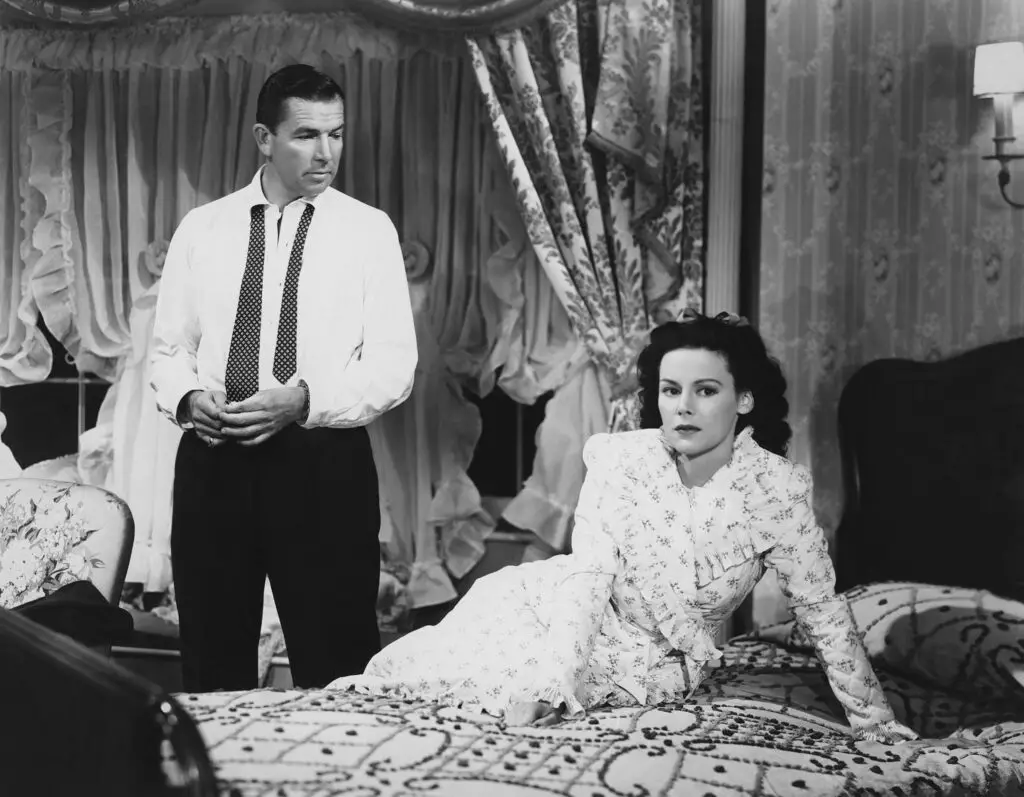
Divorce in the 1940s was both legally and socially challenging. Laws made it difficult to dissolve a marriage unless one party could prove severe wrongdoing, such as infidelity or abuse. Even then, the process was lengthy, expensive, and humiliating. Women often had to endure invasive questioning and public scrutiny to obtain a divorce.
The stigma surrounding divorce was equally daunting. Divorced women were often ostracized and seen as failures, regardless of the circumstances. Many women stayed in unhappy or abusive marriages because the alternative seemed even worse. This lack of freedom trapped countless women in relationships that were detrimental to their well-being.
11. Women Were Discouraged From Higher Education
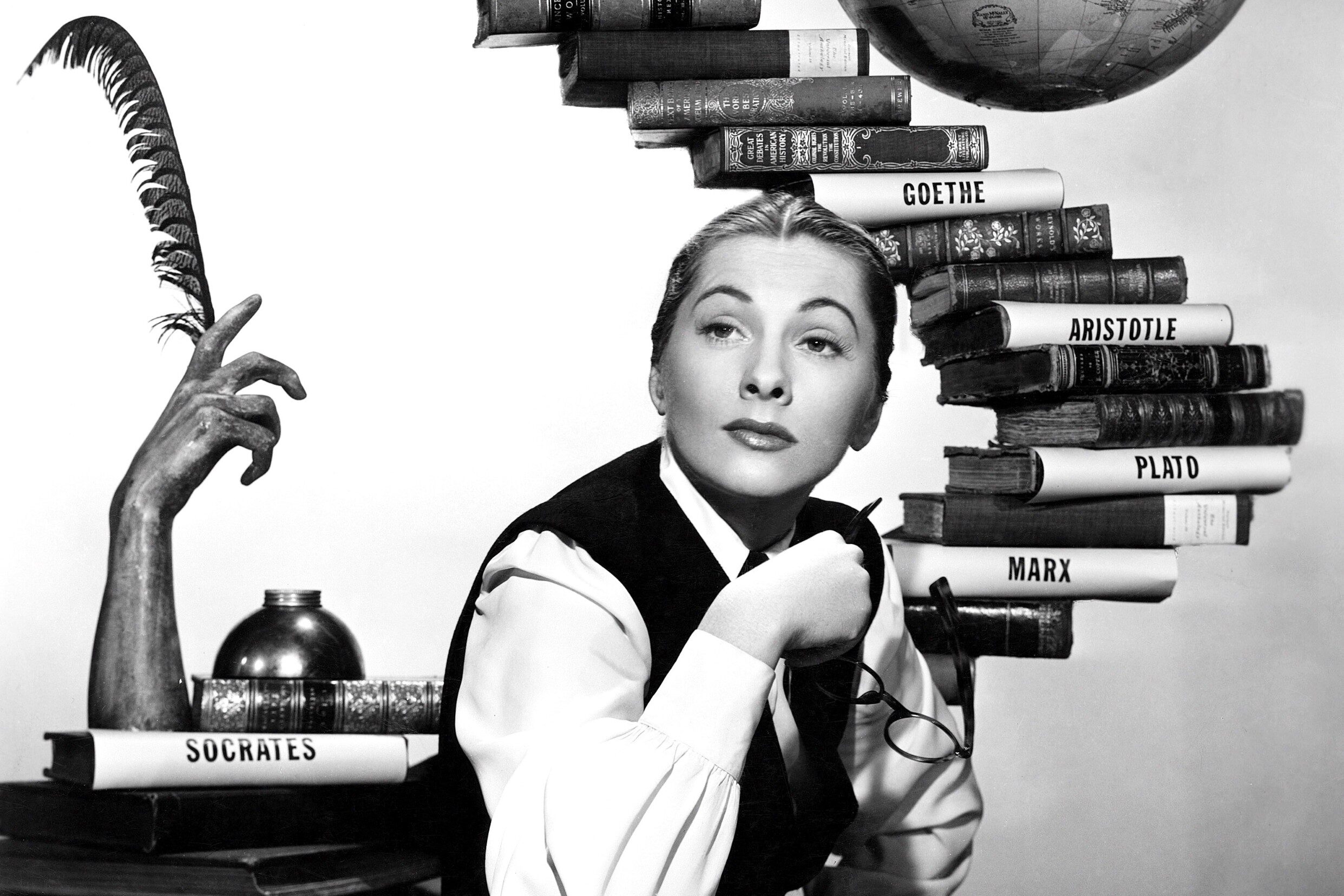
While some women attended college in the 1940s, they were often steered toward “acceptable” fields like teaching, nursing, or home economics. Higher education for women was seen as unnecessary unless it contributed directly to their roles as wives and mothers. Pursuing ambitious careers or advanced degrees was rare and often met with resistance.
Women who defied these expectations faced significant challenges, including discrimination and limited opportunities. The belief that women didn’t need education perpetuated gender inequality and kept many from realizing their full potential. This societal mindset relegated women to a secondary status, both intellectually and professionally.
12. Public Displays of Affection Were Taboo

In the 1940s, strict social etiquette governed interactions between men and women. Public displays of affection, such as kissing or holding hands, were considered improper. Couples were expected to behave modestly in public, adhering to the conservative norms of the time.
These restrictions often extended into private life, where societal expectations dictated how relationships should progress. Women were judged harshly for any behavior that deviated from these norms, further limiting their freedom to express themselves. This rigid code of conduct made it difficult for couples to build authentic, open relationships.
13. Women Were Excluded From Many Social Spaces
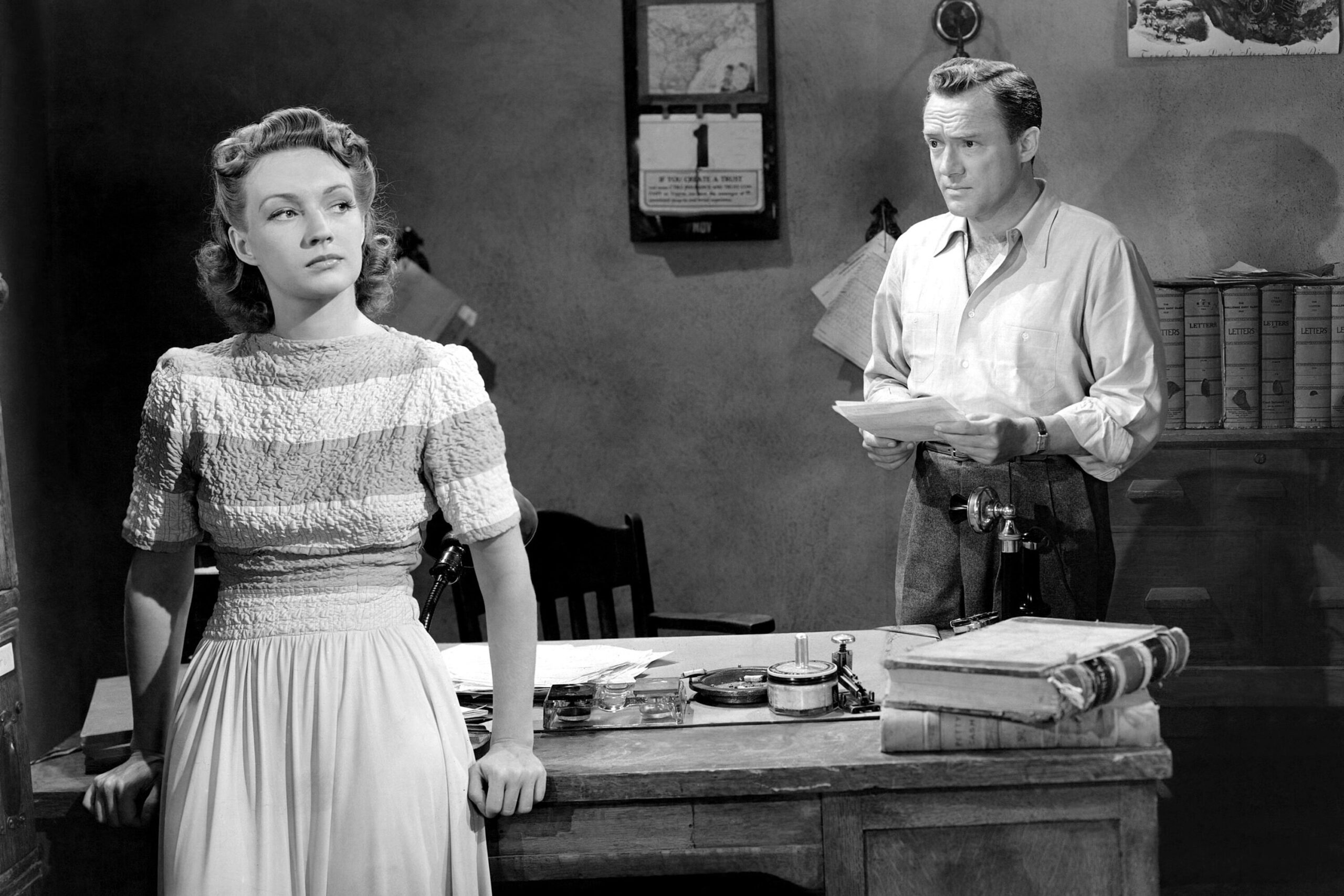
Many public and private spaces in the 1940s were male-dominated and unwelcoming to women. From exclusive clubs to certain workplaces, women were often outright barred or made to feel unwelcome. Even within their own communities, women’s participation was frequently limited to auxiliary roles.
This exclusion reinforced the idea that women belonged in the home and not in public or professional spheres. It also denied them access to networks and opportunities that could have helped them achieve greater independence. This systemic marginalization kept women in subordinate positions, both socially and economically.
Sources: History, Smithsonian Magazine, Library of Congress.
